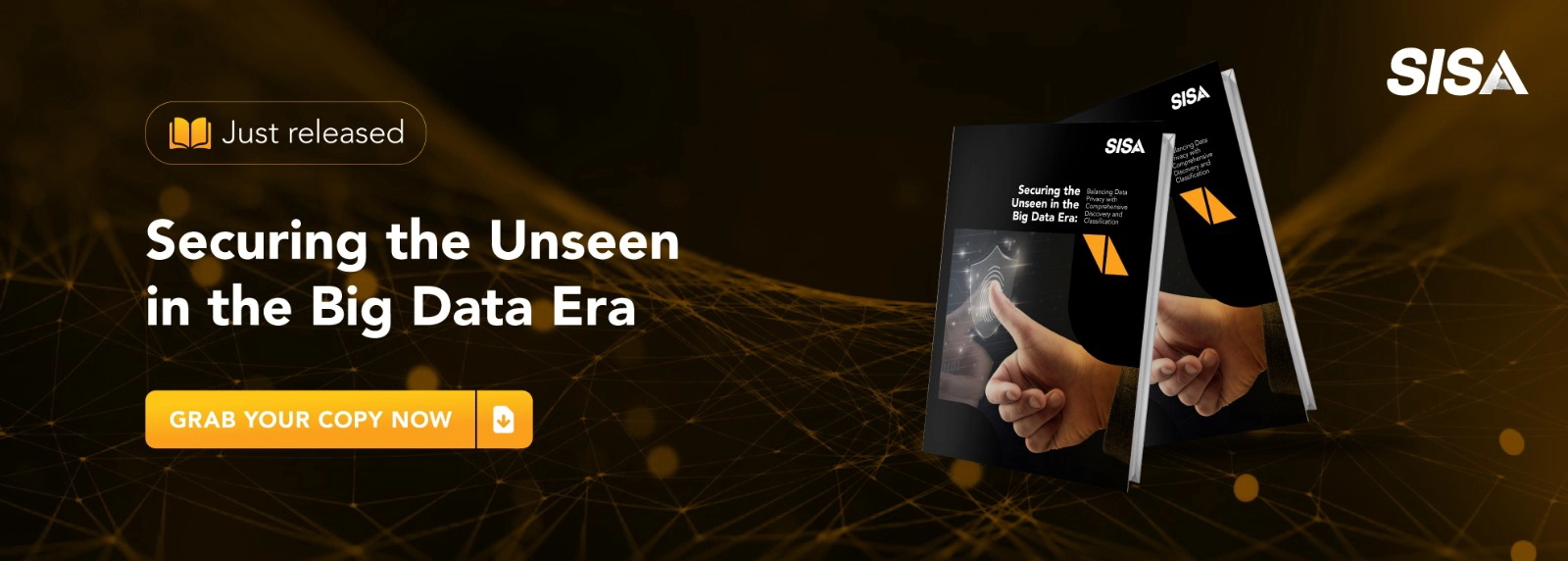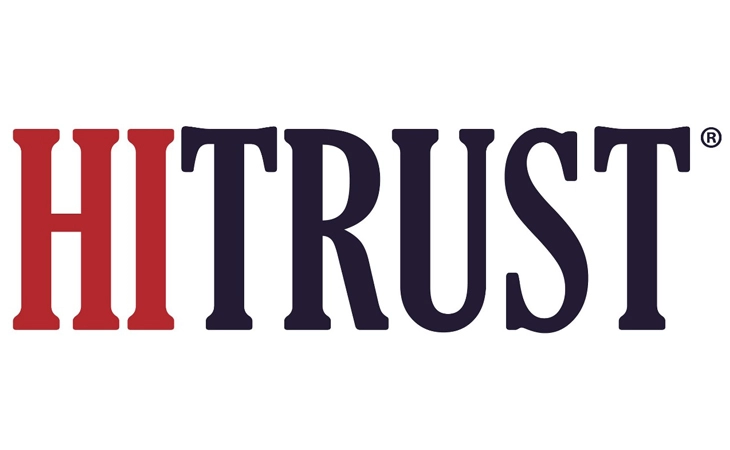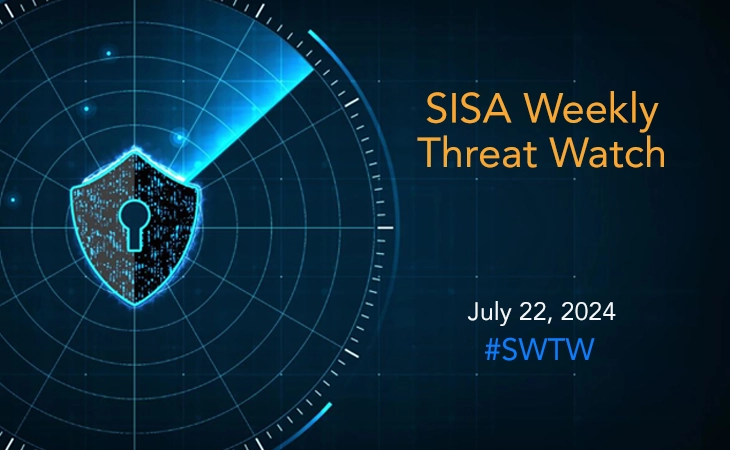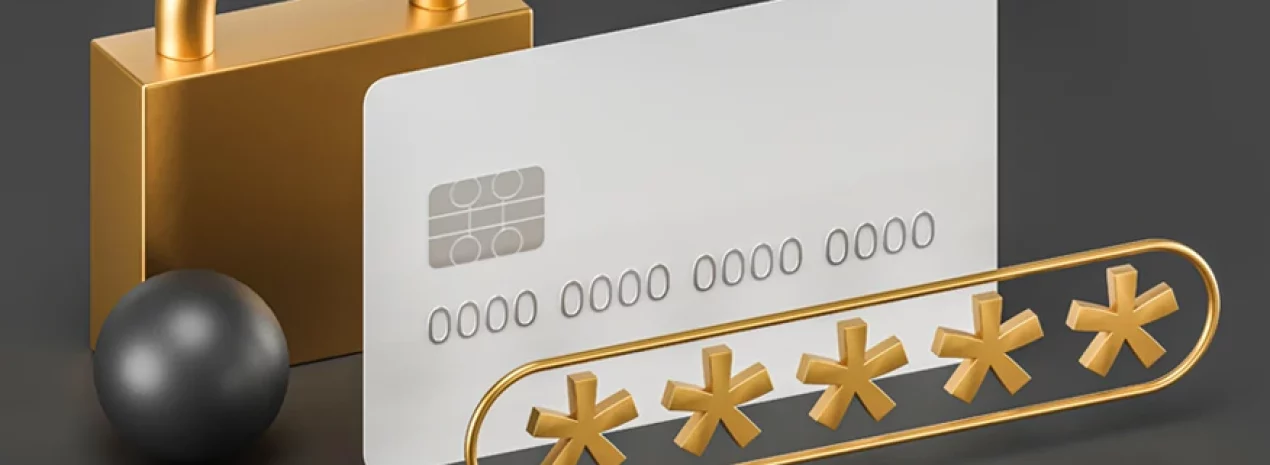
Tokenization Made Simple: Leveraging PCI DSS 4.0 Training for Effective Implementation
- June 1, 2023
Card payments have become an integral part of our daily lives, enabling seamless transactions and convenient purchases. However, with the rise of digital transactions, security concerns have also grown. The risk of data breaches and fraudulent activities looms over every payment made with a credit or debit card.
The PCI-DSS compliance framework revolves around the security of Primary Account Number (PAN) along with other sensitive authentication data which is considered as the crown jewel in any payment transaction. Cyber criminals can compromise these data elements while they are being stored, processed or transmitted. Protecting this key data element by implementing a Defense-in-depth strategy is critical to securing card payments. In this blog, we shall look at how tokenization, a powerful security measure, and a regulatory requirement mandated by most central banks, can help reduce this risk.
Understanding tokenization
Tokenization is a process to replace sensitive payment information, such as the PAN with a surrogate value (random number) called as “Token”. Converting a PAN into token is called tokenization. Payment tokens are automatically issued in real-time and used online in pre-defined domains and/or payment environments. Examples include, only for e-commerce, only for a specific merchant(s) or a specific device(s) and so on. The token has no meaning outside the payment system, even if the attacker captures the payment traffic and accesses the token, it is non-sensitive and useless to the attacker. These tokens are then used to authorize the transaction instead of using the actual PAN. As an example, when a customer purchases a coffee from Starbucks or renews his/her monthly subscription with LinkedIn Premium, the PAN gets replaced with a randomly generated token that enables a safe transaction.
The token is unique to one card, one merchant, and one device at a time. With tokenization, only a card network and the bank that issued the card will have access to a customer’s card details. With tokenized payments, the PAN is not transmitted during the transaction, making the payment more secure. This is the key strength of tokenization as a security measure.
Storing tokens instead of PANs is an alternative to reduce the amount of cardholder data in the environment and helps in reducing the merchant’s effort to implement PCI DSS 4.0 requirements. It is worth clarifying that tokenization solutions do not eliminate the need to maintain and validate PCI DSS compliance, but they can certainly simplify merchant’s validation effort by reducing the number of system components under PCI DSS scope. Besides, by eliminating the need to store actual card numbers and other sensitive information, tokenization can significantly reduce the risk of data breaches.
How does tokenization work?
Payment card tokenization works by replacing a cardholder’s PAN with a one-time unique identifier. These randomly generated tokens are a stand-in for sensitive data that communicates where the payment request is being sent from.
The below steps summarize how tokenization works:
1. Collection of Payment Data: At the very step, the customer initiates a purchase with the merchant following which he/she provides the payment card details at checkout.
2. Token Generation: In this phase the PAN provided by the customer gets converted into a “Token”. A token can be pre-generated when the customer provides consent to the merchant to tokenize the card. It can be generated for single use or multi-use meaning, the token is used to represent a PAN across multiple transactions. The bottom-line is, the point of sale (POS) system uses the token as the card number instead of the customer’s PAN.
3. Token processing: Once the token is created or exists, it gets transmitted to the Issuer bank, who holds the mapping in the secure card vault to authenticate and authorize the transaction. The process of retrieving the PAN from the token is called De-tokenization.
4. Authorization Request: Once the transaction has been authorized by the issuer, the PAN is again mapped to the token to generate the Authentication response containing encrypted token and sent back to the Merchant via the payment channel.
5. Transaction Completion: Based on the authorization response, a transaction can be approved or declined by the issuer bank. In case of a successful transaction, the Payment gateway redirects the user to the merchant payment for confirmation of payment.
How are tokens generated?
When viewed from a merchant’s perspective, there are multiple ways in which a token can be generated and used. Few of the token generation approaches that are commonly used are:
- Using a reversible cryptographic function with strong cryptographic key management.
- Implementing a one-way non-reversible cryptographic function (i.e., a strong keyed hash).
- Deriving a token from an index function, sequence number or even a randomly generated number which is not based on a mathematical function.
It is further interesting to know that tokenization is available in many sizes and formats. E.g., A PAN 4234 5678 9124 3456 can be converted to 7aF1Zx158674mwy6wl5x2 (alphanumeric characters). Likewise PAN 4256 0068 0152 3398 can be converted to 727629118523184563129 (numeric only), Also, a token can consist of truncated PAN in which the First 6 and Last 4 digits are retained, however the middle digits can be replaced with alpha-numeric characters.
Unlocking the power of tokenization: The role of PCI DSS 4.0 (CPISI) training
Tokenization is continuously evolving to meet emerging security challenges and technological advancements. Ongoing efforts are being made to establish common tokenization standards, enabling interoperability and simplifying integration across payment platforms. Advancements in tokenization technologies, such as dynamic tokens and biometric authentication, will further strengthen card payment security. Businesses that adopt tokenization as a security measure will be at the forefront of creating a safe and secure payment environment.
SISA’S flagship CPISI training program covers tokenization in much more detail and offers a comprehensive understanding of the latest version of the Payment Card Industry Data Security Standard.
The training delves into the technical aspects of tokenization, such as token generation, storage, and usage, as well as the associated security controls required to maintain compliance. It highlights the importance of selecting robust tokenization solutions, securing tokenization infrastructure, and integrating tokenization with other security measures.
The underlying considerations stated below, when implementing tokenization (be it on-premises, outsourced to a tokenization vendor or adopting a hybrid approach) helps appreciate the significance of tokenization within the context of overall data security and compliance –
- All system components, processes and people involved in tokenization and de-tokenization process must be included in PCI-DSS scope and segmented from untrusted and out-of-scope network. Any system with ability to access PAN data or ability to retrieve a PAN from a token must be included in the PCI-DSS scope.
- The tokens must be generated and processed within a secure tokenization system and any mapping between the PAN and the token must be stored within a secure card data vault, implemented with applicable security controls as per PCI-DSS requirements.
- The communication channel between the tokenization system and the requesting application must be secure to prevent any possibility of capturing the PAN or the Token or the mapping by the attacker. Use of strong cryptography and protocols during storage and transmission of the data is highly recommended.
- The entity must maintain a mechanism to clearly distinguish between tokens and actual PAN.
- The system components should be tightly configured as per industry standards to eliminate vulnerabilities, if any.
- Strong logging and monitoring controls must be implemented.
- Access to the tokenization system and card holder vault must be strictly controlled by implementing a robust Identity and Access Management (IAM) policy.
While working with a third-party tokenization vendor, their PCI-DSS compliance status must be verified during onboarding and the entity must have a comprehensive service agreement with security clauses being clearly defined.
Learn more about how to implement tokenization as a powerful data protection mechanism. Click here.
Latest
Blogs
Whitepapers
Monthly Threat Brief
Customer Success Stories
 USA
USA India
India APAC
APAC Middle East
Middle East Global
Global


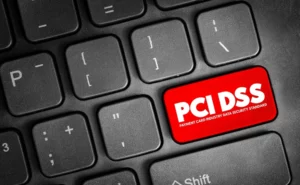



 Facebook
Facebook Linkedin
Linkedin  X
X Youtube
Youtube


